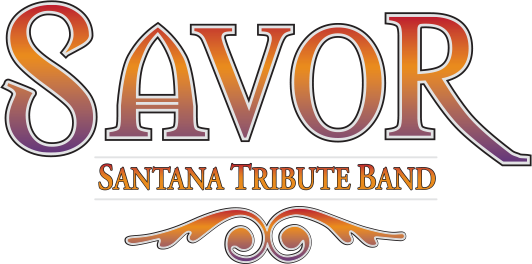During and right after the end of World War II, the U.S. experienced a historic wave of immigration from Latin America. This included a record number of immigrants from Puerto Rico, with about 80% of the Puerto Rican population residing in New York City in large Spanish-speaking communities, the biggest being Spanish Harlem or “El Barrio”. If you lived in Harlem, you couldn’t help but become familiar with the sounds of the Latino beat and the dance rhythms that were a constant of El Barrio.
As the Latino population grew in New York City, so did its influence on the arts, especially the music of the 1940’s and 1950’s. Local clubs and ballrooms started hosting evenings that were specifically devoted to Latino bands and dance contests. And, in the early fifties, the Palladium Ballroom in Manhattan was the place to see some of the famous Latino bands of the day led by Tito Puente, Tito Rodriguez, and Frank “Machito” Gringo.
The Latin influence began to find its way into rhythm and blues as well as the pop music of the day. Songwriters working in Manhattan became enthralled by the Latin beat and started to incorporate Latino-flavored rhythms into songs such as the Drifters, “Save the Last Dance for Me” and “This Magic Moment” and Ben E. King’s “Spanish Harlem”.
Latin music continued to find its way into R & B, and it had a powerful influence on rock and roll in the 60’s.
Enter Carlos Santana
In the late ’60s in San Francisco, Bill Graham, owner of the famous Fillmore West, became acquainted with a young guitarist by the name of Carlos Santana. Carlos was already playing in some local bands, and had developed a love affair with the blues.
The band, Santana, first started out as a blues-rock band, but, over time, it changed as members came and went and different influences led the band in different musical directions. By 1969, the band was a cohesive unit with each member bringing something all their own to the band’s sound — Carlos on guitar, Michael Carabello on congas, Chapito Arias on timbales, Greg Rolle on the organ, Michael Shreve on drums, and David Brown on bass.
Over time, the band moved toward more of a Latin sound. Bill Graham was very supportive of Santana, even suggesting that the band cover some Latin songs like “Evil Ways”. In August of 1969, Graham arranged for Santana to perform at Woodstock, and the rest, as they say, is rock and roll history.
After the movie “Woodstock” was released, Santana became an international success overnight. Their music, an Afro-Cuban blend, became an essential part of the American music scene, and for Latinos in the U.S., Carlos Santana was their first superstar.
Paying tribute to Santana
Carlos Santana would go on to shape the idea of “world music” through his experimental blending of styles as well as genres of music from a wide variety of ethnic sources — Latin, salsa, blues, rock, and Afro-Cuban along with elements of jazz, fusion, and world beat.
The great Santana tribute band, Savor, captures the Afro-Cuban sounds of Santana’s earlier music as well as the diverse sounds that found their way into later albums. Check out Savor and rock to the music that still excites today like it did 50 years ago.

